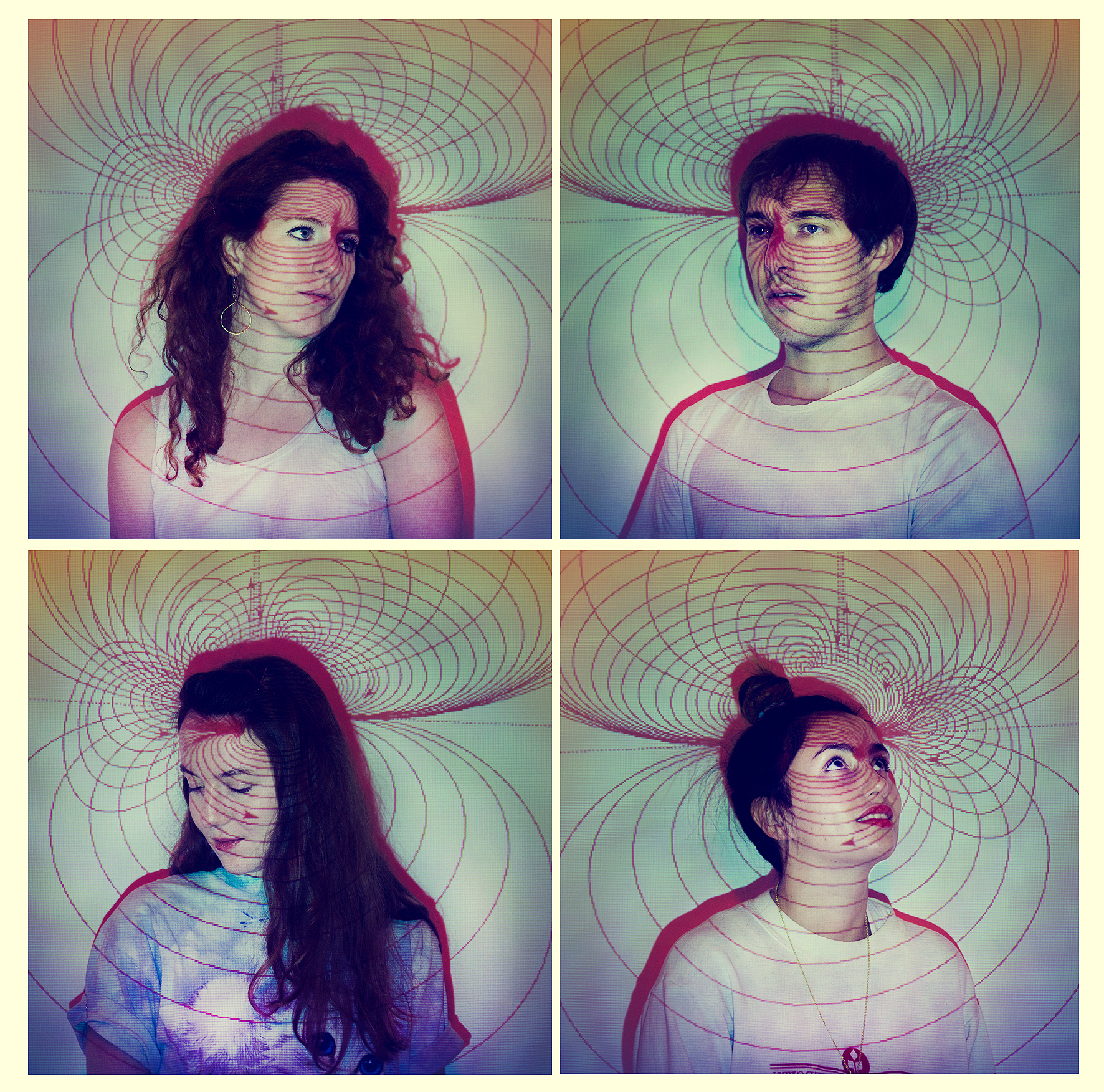The band ventured into the Cornwall woods to find inspiration for their album, Heyoon
In Montreal, most of our pivotal teenage experiences happen at various altitudes of Mount Royal.
You might’ve smoked your first joint at the tam tams, you might’ve made the climb at midnight and watched a crackling bonfire while sipping your first shaken-up cans of beer, or even better yet said no to drugs and gazed out at this weird city with everyone going about their private lives.
Whatever your experience, there’s undoubtedly some mystical sheen to that peak moment of your adolescence—something sacred and unutterable that comes from the conjunction of a tender emotional brain with a steadily growing sense of understanding of the world—and a lot of what makes these memories stick with such creatness has to do with where these memories were made.
If you grew up in Michigan, U.S.A., and were one of a select few, your youth might have been associated with a strange structure in the middle of the countryside. The Heyoon Pavilion was—and maybe still is—composed of wooden supports covered in a Teflon canopy. Teens from the area came there to do what teens do: be out in nature, talk about life and maybe do drugs. It was a space removed from the everyday and all their own—something Heloise Tunstall-Behrens of British indie-psych band Landshapes finds fascinating.
“[The Heyoon Pavilion] was discovered by local kids, word got around and they all started to visit. They got to know each other there—it was kind of a place of folklore. A secret space. We find that really inspiring, it reflects how we write our songs,” she said.
So much so that Landshapes named their second album for Bella Union records after their trip to the structure in Michigan. Heyoon neatly expresses that hot-blooded and thoughtful era of youthful experience. The opening track “Stay” sets the tone for the album. A walk with some friends through a dark and unknown forest at night, your heart racing and your senses alive. This is no accident, for the writing of the album, the four members of Landshapes: Luisa Gerstein, Heloise Tunstall-Behrens, Jemma
Freeman and Dan Blackett, retreated to a cottage in the middle of the woods in Cornwall and came back with a set of edgy, bristling tunes.
“We thought we’d make really serene tunes there. But it ended up being really rowdy. We got all of London out of our system,” Tunstall-Behrens said.
Brash and confident, raucous yet eloquent, Heyoon is what you get when you send four talented city slickers into the woods—there’s certainly a sense of cathartic release throughout the record, counterbalanced with an anxious, cool calm. The album’s highlight, “Moongee,” sounds like the combination of a bad trip in the London Underground with the wide open spaces of the rolling English countryside, and “Lone Wolf” is a groovy stroll in the foreground, with guitar effects and bad vibes in the far left and right channels. Unfortunately, the second half of the album fails to live-up to the energy of the first, and although there is some heavy experimentation going on—what sounds like a phone recording of a jam at the end of “Desert” being the most interesting, if you have a soft spot for weird transitionary tracks—it seems to be running over similar ground as the first. That being said, the album is well worth a listen, and brings a funky, intense dimension to the ubiquitous indie-rock sound of today.
You also get the sense that they’d be a terrific band to see live. The rhythm section packs a solid punch, and there’s some really crunchy, distorted guitars that can blow away a venue. Plus, there’s a sense of improvisatory communication on every song here, as if the members were speaking a hidden language all their own, which comes from playing music with a group of people for seven years.
“Say we’re jamming, it’s a supportive activity. Someone’s leading you somewhere and you can second-guess where they’re going next, or you try to be conniving and throw a wrench in it … keeps everyone on their toes. We learn to bring new ideas in and not relax too much on what we know,” said Tunstall-Behrens.
This love of originality garnered the group’s most well-known song to date. Colloquially known as the “Cups” song, “You’re Gonna Miss Me,” written when Landshapes were a much quieter incarnation known as Lulu and the Lampshades, became a smash hit on YouTube and and high school fad due to its unique exploitation of the percussive capabilities of plastic cups. In the original video—the one with 6 million views, as opposed to Anna Kendrick’s cover, which has about 240 million at the time of writing—Tunstall-Behrens and Gerstein stand side by side and match each other’s percussive movements blow for blow, while harmonizing to their expertise.
Oh, and in case you were wondering, when pressed for her favourite shape of land, Tunstall-Behrens said, “there’s a rock in the middle of the Cornish sea, it’s in the shape of a pyramid.”
Seriously though, why couldn’t Montreal have a semi-culty pavilion or a threatening rock instead of just a big boring hill?
Landshapes play on Oct. 10 at Bar le Ritz (formerly Il Motore). Tickets are $10 in advance or $13 at the door.
